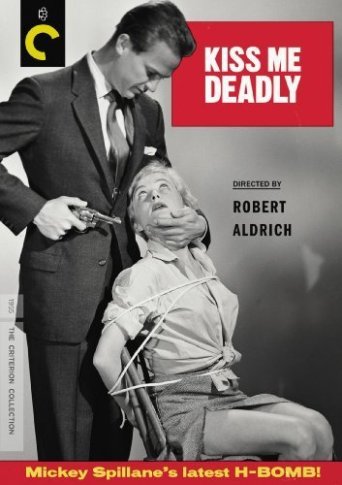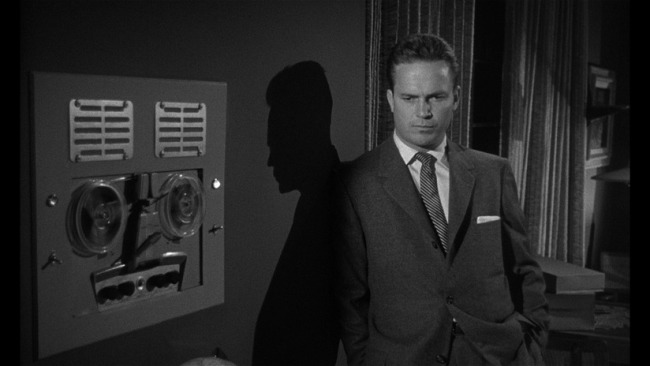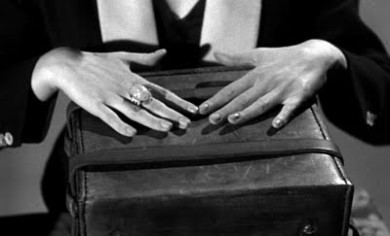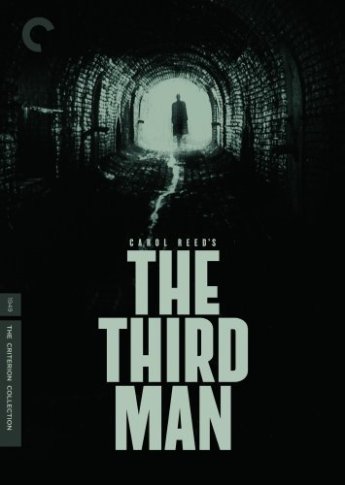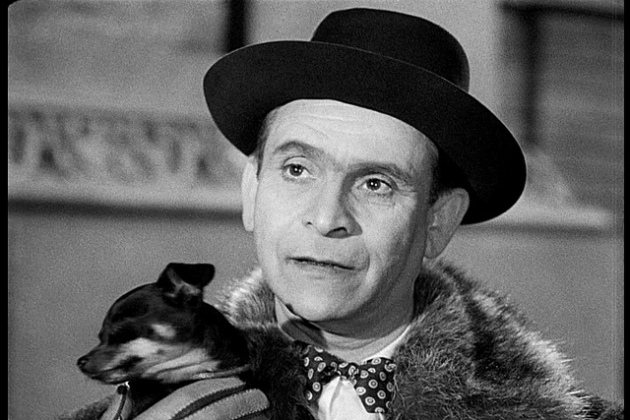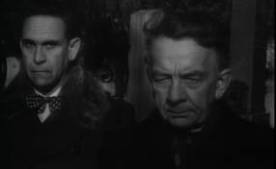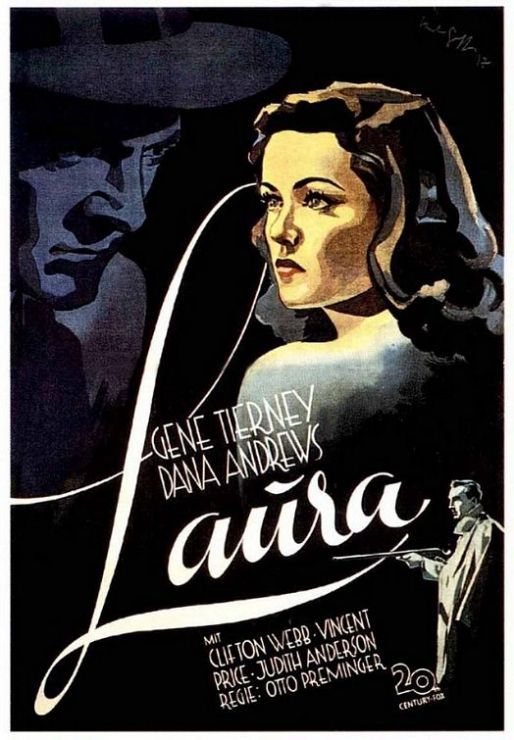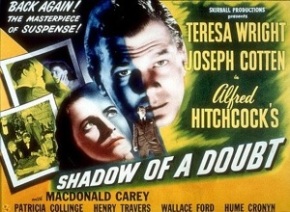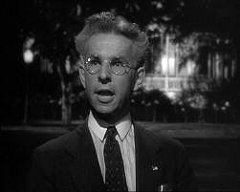“Shutter Island” is a fantastic modern noir which has you on the edge of your seat the entire time. The movies twists and turns keep you guessing as you follow Teddy Daniels, a U.S. Marshall, around the infamous Shutter Island in search of a dangerous missing woman, Rachel Solando. Directed by Martin Scorsese, “Shutter Island” follows along a similar path as Christopher Nolan’s “Memento.” Similar devices are used in “Shutter Island” which embodies relation to “Memento.”
Both “Memento” and “Shutter Island” are modern noirs which fall under the category of neo-noir. Both of these films resemble one another in more ways then one. Both films depict the mind and story of a mentally ill person as they try to navigate around a deceiving world. As we find out in the end, Teddy Daniels, much like Leonard has been deceived by the “friends” he had. However, the awareness of “friend or foe” is not made clear in either film until the end. In both films we also see a connection between Teddy and Lenny through the loss of their wife. In both films the main component behind the problems suffered by the protagonist is love. This component of love compels each character to tread through the problems and perils of the outside world. In saying “outside world” I mean, outside the world of the protagonists misconstrued and misleading reality. With Teddy believing his wife died in a fire, and Lenny believing his wife was murdered, we find that both men are wrong in their conclusions of their wife’s death. Both characters live in a false reality which their minds perceive as correct. Both characters subdue their pain by construing a false reality around them. Lenny and Teddy killed their wives and have spent years living in a false reality; however both cannot be helped with each of them changing the paths of their lives at the end of the film. With the realization of their collapsed past and their collapsing future, both protagonists in the film decide to change the outcome of their future. At the end of the film we find that much like Lenny, Teddy decides to change his future and submit to a frontal lobotomy. With a similar theme of “is it better to die a good man, or live on as a monster” we see Teddy take the route of dying a good man, and Lenny taking the route of living on as a monster. Where one character seeks revenge another seeks solace.
“Shutter Island” and “Memento” are thought provoking films which keep the audience guessing around every turn. Both films draw upon similar ideas and themes which help identify them as neo-noir. The protagonist of each film takes us on a journey of misleading falsities and changing realities which ultimately provides each character to decide their future as man or monster.













